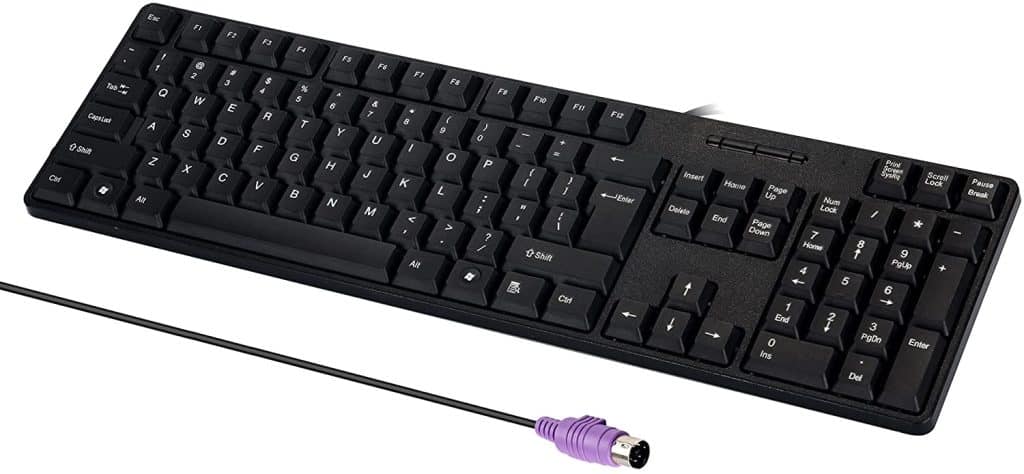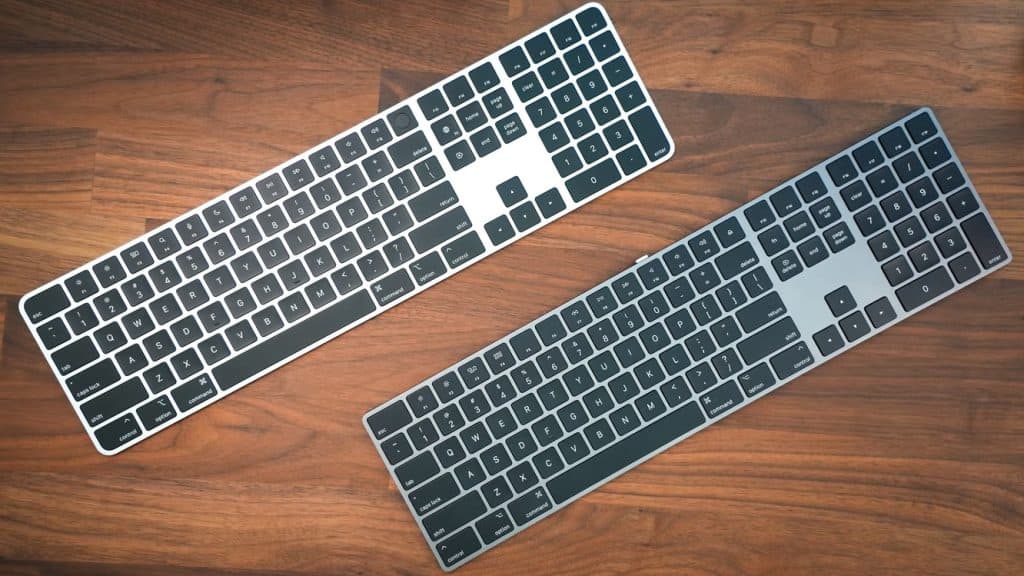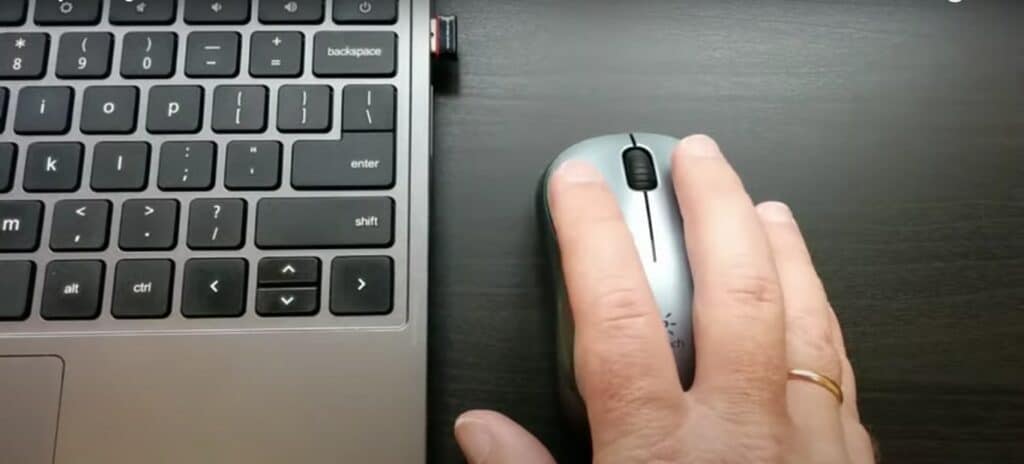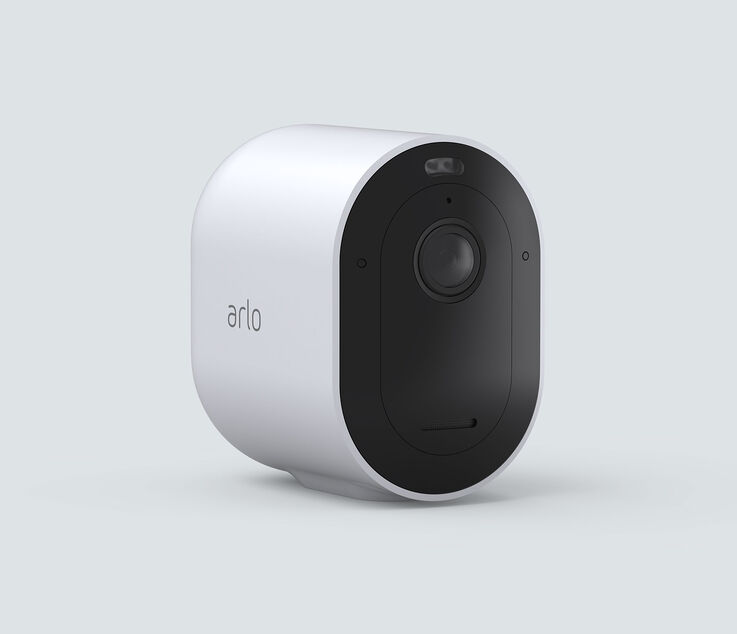Computers have two types of devices – input and output. As their names suggest, input devices allow you to “insert something” or to “put something in,” while output devices “produce something” like data.
But which of these is the keyboard?
Is a keyboard an input or output device?
Let’s find out in this article.
Is a keyboard an input or output device? The keyboard is an input device because it allows you to type alphanumeric characters and other symbols into your computer, which are displayed on the screen (which is an output device).
Keyboard Input or Output – Which One is it?
So is a keyboard an input or output device?
The keyboard is an input device as you use it to type information in (via keystrokes), which is then displayed on your computer screen.
Depending on whether you have a laptop or a desktop computer configuration, you might have an integrated keyboard or a separate keyboard. There are also mechanical and membrane keyboards. We explain the difference between the two in the linked article.
An integrated keyboard means that the keyboard makes one whole with the rest of the computer hardware, including the mouse (touchpad), monitor, camera, speakers, etc.
On the other hand, a separate keyboard on desktop computers means that a keyboard is a peripheral unit, just like the monitor, mouse, joystick, etc.
Since it doesn’t use internal connectors like laptops, a keyboard on a desktop computer needs to be connected in some other way.
This can be through a wired or a wireless connection.
Wired keyboards
Modern wired keyboards connect to the computer via a Universal Serial Bus (USB) cable, typically a USB A, although newer ones use the smaller (and faster) USB C cable. There is also the USB B connector, but this is mainly used for printers and scanners.
On the other hand, older keyboards used more round PS/2 connectors. These connectors have six pins on the end, which need to be inserted into the corresponding port on your computer.

Note that PS/2 is defunct, and keyboards (and other computer input devices) today use either USB cables or are wireless.
Wireless keyboards

Wireless keyboards have three types of connection: Bluetooth, Infrared (IR) and Radio Frequency (RF).
Infrared (IR) and radio frequency (RF) connections are similar to what you can find in remote controllers, with a range of up to 30 feet or 9.1 meters.
On the other hand, Bluetooth requires that your device is paired with the computer. This means that the devices “trust” each other to exchange data (for the keyboard to input data in).
Of course, in order to connect the wireless keyboard and enable it to communicate with the computer, you need a receiver, which can be plugged into a USB port or built-in.
If your laptop keyboard is not working properly, check out the linked article to find out what to do to fix it.
How Does a Keyboard Work as an Input Device?
Obviously, when you hit a key on your keyboard, the symbol on it is displayed on the screen. Type a few of them in succession, and you got yourself a word. A few of those, and it’s a sentence.
But the computer actually has to work a little more than that.
So when you press a key on the keyboard, this closes a switch and allows an electrical current to flow into a small chip in your keyboard.
Every key has its own scan code based on where it is located on the keyboard (depending on the keyboard layout).
When you press a key, let’s say “A” the computer doesn’t see that as an “A” but as a binary number.
Binary numbers consist only of 0s and 1s, where 0 is “off” and 1 is “on.”
Of course, we humans aren’t wired to read binary, so it needs to be converted into a form that is readable to us. Your computer does this by using the American Standard Code for Information Interexchange or ASCII value.
For example, the key “A” has the ASCII code of 065. Converted to binary, that is 01000001, which the computer can then store this data as bytes or bits. Each character, like “A”, takes 1 byte or 8 bits. So, for instance, to store a word like “avocado” in plaintext would take 7 bytes or 56 bits (7 characters X 8 bytes each = 56 bits).
You can check the entire ASCII – binary character table here.
Okay, so how does the computer convert binary back into human-readable text?
Converting text to binary is a little different from the computer store decimal (meaning it can only store “A” as “0100001”).
The converting part is done by the programming language, which has signed and unsigned operations. A compiler then keeps track of the sign of all variables and creates a code for signed and unsigned cases, which are then displayed on your screen as letters, numbers and other symbols.
What is an Input Device?
So we determined that a keyboard is an input device.
But what exactly does that mean, and how do input devices work in the first place?
Simply put, an input device, like a keyboard, is used to input a command onto a computer.
In other words, by typing the keys on your keyboard, you “input” data into your computer, which then displays those same characters on the screen.
Here is a little more elaborate explanation:
A computer, or any electronic system, has a processor. This is its center of operations and is used to “process” information. Go figure.
You can think of the processor as the “brain” of the computer, while the motherboard to which the processor is connected is the spine.
And, just like our brain receives “input” from outside and “processes” it so we can see or hear, the processor does the same with the input you make using the keyboard or some other input device.
So what are some different input devices besides a keyboard?
Four types of input devices
Pointing
Pointing typically uses a cursor to “point” at something on the screen, like a computer icon, to interact with it.
These types of input devices include:
- Computer mouse
- Trackball
- Touchpad
- Touchscreen
- Pen (check out how to use Lenovo Active Pen if you’re new to them)

Composite
Composite includes two or more types of input.
For example, the following are types of composite input devices:
- Joystick
- Joypad
- Game controller
- Gaming wheel

Voice
Voice is used to capture audio and send it to the computer for processing or recording.
Types of voice input devices include:
- Digital instruments
- Microphones
Video
Video takes images from the outside, which can then be stored in the computer or some other system.
Examples of video input devices:
- Digital cameras (such as Arlo Pro 3 and Arlo Pro 4)
- Web cameras
- 3D scanners
- Image scanners
- Fingerprint scanners
- Barcode readers
- Camcorders
- Iris scanners
- Eye trackers
- Etc.

What is an Output Device?

Opposite to input devices, we have output devices.
These devices convert the data that the user inserts using an input device like a keyboard and display it in a form that is readable to the human.
In other words, an input device “inputs” information into a processor, the processor then converts it, and the result is displayed in the real world via an output device.
Input > Processor > Output
Example output devices
Output devices include:
- Monitors
- Projectors
- Headphones
- Speakers
- Speech-generating devices
- GPS
- Video cards
- Sound cards
- Etc.
Conclusion
So let’s recap.
Is a keyboard an input or output device?
A keyboard is definitely an input device as it is used to type information into the computer via keystrokes, which are then displayed on the computer screen as symbols like letters and numbers that we humans can process.
We hope that answers the question is keyboard input or output. Now, how about checking our 8 of the best wireless keyboards article to know what to buy this year?